VATICAN CITY—June 10, 2016
.
Vatican announced that a decree entitled:
.
“Mary Magdalene, apostle of the apostles”
was issued in accordance with the will of Pope Francis raising the July 22nd memorial of Saint Mary Magdalene to a feast on the church’s liturgical calendar. In the Mass and in the Divine Office it is to be celebrated on that date from now on, the usual texts in the Roman Missal and the Liturgy of the Hours will be used, but the Mass will also include a specific Preface entitled “Apostle of the apostles.”
Cardinal Robert Sarah (from Guinea), prefect of the Congregation for Divine Worship and the discipline of the Sacraments was the one to issue the decree on behalf of Pope Francis. I remember listening to Cardinal Sarah’s beautiful talk in french about “Marie Madeleine” at St. Maximin-la-Sainte-Baume last July over the feast of Saint Mary Magdalene. He led the candlelight procession with the skull of Saint Mary Magdalene through the streets of the town.
.
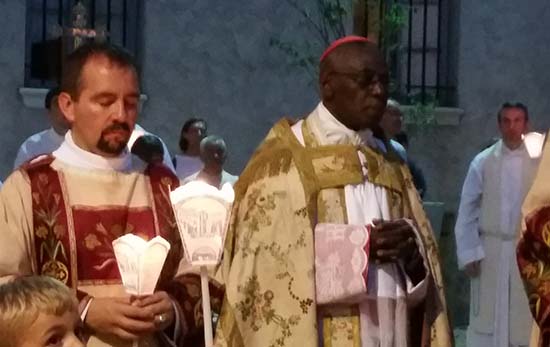 Cardinal Robert Sarah at the 2015 candlelight procession
Cardinal Robert Sarah at the 2015 candlelight processionin St Maximin-la-Sainte-Baume celebrating the feast of Saint Mary Magdalene
.
Pope Francis made this decision during this Jubliee of Mercy to highlight the relevance of this woman who showed great love for Christ and was much loved by Christ.
.
What we know about Mary Magdalene is that she was part of the group of Jesus’ disciples, she accompanied him to the foot of the Cross and, in the garden where she met him at the tomb, was the first “witness of Divine Mercy.” The Gospel of John tells us that Mary Magdalene wept because she could not find the body of the Lord, and that Jesus had mercy on her by letting himself be known as her Master, thus transforming her tears into paschal joy. “Her tears at Christ’s empty tomb are a reminder that sometimes in our lives, tears are the lenses we need to see Jesus.” said Pope Francis during a Mass in 2013.
.
.
Mary Magdalene had the honour to be the first witness to the Lord’s resurrection, the first who saw the empty tomb and the first to hear the truth about his resurrection. Christ showed special consideration and mercy to this woman who showed her love for Christ by seeking him in her anguish and suffering in the garden.
.
And precisely because she was an eyewitness to the risen Christ, she was also the first one to bear witness to him before his “favored disciples,” as they were not yet considered to be “apostles.”
.
She fulfills the command of the Risen Lord: “Go to my brethren and say to them, I am ascending to my Father and your Father, to my God and your God.” Mary Magdalene went and announced to the disciples “I have seen the Lord” and she told them that he had said these things to her. She became an evangelist, that is a messenger who announces the Good News of the Lord’s resurrection.
.
.
What is an Apostle?
APOSTLE is from the Greek “apostlos” which means “a delegate, messenger, one sent forth with orders,” from the verb apo-stellein, “to send out.” And so the apostles (formerly disciples) were sent out by God and specifically by Jesus to proclaim the gospel to the known world and told to make disciples of all nations. (Matt 28:18-20; Acts 1:8).
.
Many people wrongly assume that the words “apostle” and “disciple” have the same meaning in the New Testament. However, one first has to be trained as a “disciple” (learning from the teacher), before one can be sent out as an “apostle” (representing the teacher). Also, not all “disciples” are necessarily sent out on a particular preaching mission (thereby functioning as “apostles”).
.
The transformation of Jesus’ favored disciples to their new role of “apostle,” occurred after the Resurrection (some 40 days after he appeared to Mary Magdalene in the garden): “Therefore go and make disciples of all nations, baptizing them in the name of the Father and of the Son and of the Holy Spirit, and teaching them to obey everything I have commanded you. And surely I am with you always, to the very end of the age.” Jesus gave this command shortly before He ascended into heaven, and it essentially outlines what Jesus expected them to do in His absence.
.
The Ascension by John Singleton Copley, c. 1775
.
And these “favored” disciples of Christ did not have the courage to fulfill their role as an “apostle” for 10 more days, when they were baptized with the Holy Spirit on Pentecost.
.
At the Last Supper Jesus comforted His disciples with a great promise: “And I will ask the Father, and he will give you another advocate to help you and be with you forever—the Spirit of truth. The world cannot accept him, because it neither sees him nor knows him. But you know him, for he lives with you and will be in you.” John 14:16-17
.
The Last Supper in the Upper Room
.
And forty days later, shortly before He ascended into heaven, He reaffirmed it: “For John baptized with water, but you shall be baptized with the Holy Spirit not many days from now.” (Acts 1:5), and “I am sending the promise of My Father upon you. But wait in the city of Jerusalem until you are clothed with power from on high.” Luke 24:49
.
These chosen disciples then came down from the Mount of Olives, where the Ascension took place, to the city of Jerusalem (Acts 1:9-12), and waited…. Fifty days after the Resurrection of Jesus Christ and ten days after His Ascension to Heaven, the disciples of Jesus, together with the Blessed Virgin Mary, some of the pious women and other believers, 120 persons in all, gathered in Jerusalem in a so-called “Zion chamber” or “Upper Room.” They were probably in the same room where the Lord, not long before His sufferings, performed the Last Supper. The Apostles were awaiting the fulfillment of the Savior’s will to send them “the Father’s Promise” and strengthen them with divine power, although they did not understand yet exactly what that meant.(1)
.
That day was Pentecost, one of the three major holidays of the Old Testament, which was celebrated on the 50th day after the Jewish Passover. It coincided with the Feast of Harvest, a pilgrim festival, where according to Jewish Law all Jewish men would come to Jerusalem to celebrate the beginning of the wheat harvest. The streets of Jerusalem were overcrowded with thousands of pilgrims who had come from many different countries of the vast Roman empire to celebrate the goodness of God and the bringing in of the wheat harvest.
.
Pentecost
.
It was early in the morning of the Feast of Harvest and Pentecost in the room of the Last Supper, that the descent of the Holy Spirit on the Apostles took place. God’s will made this event a turning point in the world’s history. Strong gusts of wind filled the house, and at the same instant there appeared above the Apostle’s heads what looked like tongues of fire which began descending on their heads, imparting gifts. The Apostles became spiritually enriched and felt an ineffable joy and inspiration, full of life and totally in love with God, compelling them to joyful exclamations and glorifications of God in tongues that all could understand. The Apostles were now baptizing with the Holy Spirit and fire just as it was prophesied by John the Baptist. By evening of the same day the Christian Church increased from 120 to 3000 believers.(2).
.
Mary Magdalene was the first Apostle
Mary Magdalene filled the role of an apostle as she was “one sent forth with orders.” These were specific orders given first by an angel at the empty tomb: “…go quickly and tell His disciples that He has risen from the dead, and indeed, He is going before you to Galilee. There you will see Him,” (Matthew 28:7) and “But go, tell His disciples and Peter that He is going before you to Galilee. There you will see Him, just as He told you.” (Mark 16:7)
.
Then by the risen Christ: “…go to My brothers and tell them, ‘I am ascending to My Father and your Father, to My God and your God.’ ” (John 20:17) And again by the risen Christ: “…Do not be afraid. Go tell My brothers to go to Galilee, and there they will see Me.” (Matthew 28:10)
.
Later tradition proclaimed Mary Magdalene “Apostle of the apostles” because the risen Christ appeared to her first and gave her instructions to relay His message to His “brothers” (favored disciples), which she carried out immediately.
.
And now, some 2000 years later, Pope Francis is uplifting Mary Magdalene to a level she has always deserved by issuing the decree entitled “Mary Magdalene, apostle of the apostles” which adds her feast day of July 22nd to the liturgical calendar. Finally, the liturgical celebration of Mary Magdalene has the same rank of Feast as that given to the celebration of the Apostles in the General Roman Calendar and the special mission of Mary Magdalene is underlined.
.
Mary Magdalene is an example and model for all women.
.
.
.
.
(1) PENTECOST—The day of descent of the Holy Spirit on the Apostles by Archimandrite Alexander Vasilievich Mileant, Bishop of Buenos Aires and South America, 2001 http://fatheralexander.org/booklets/english/pente.htm
(2) Ibid.

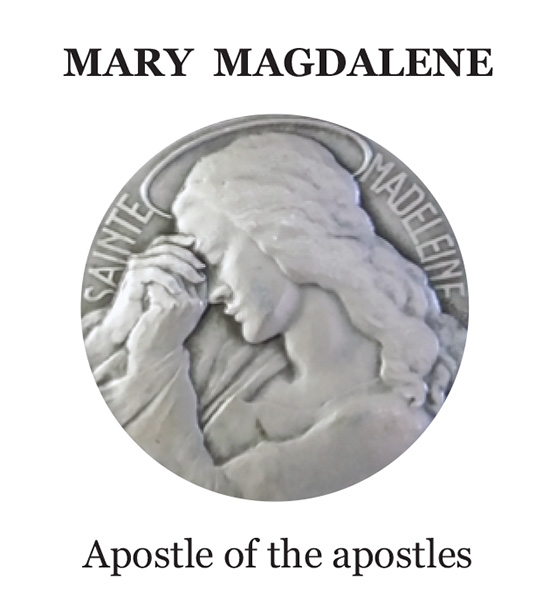
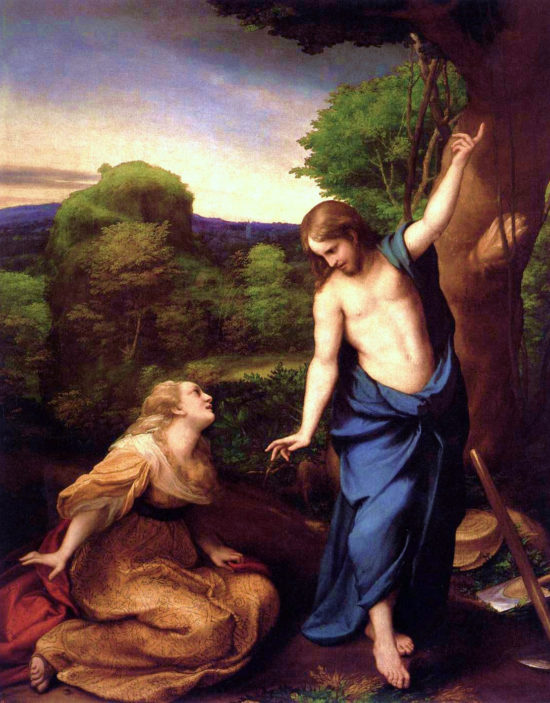
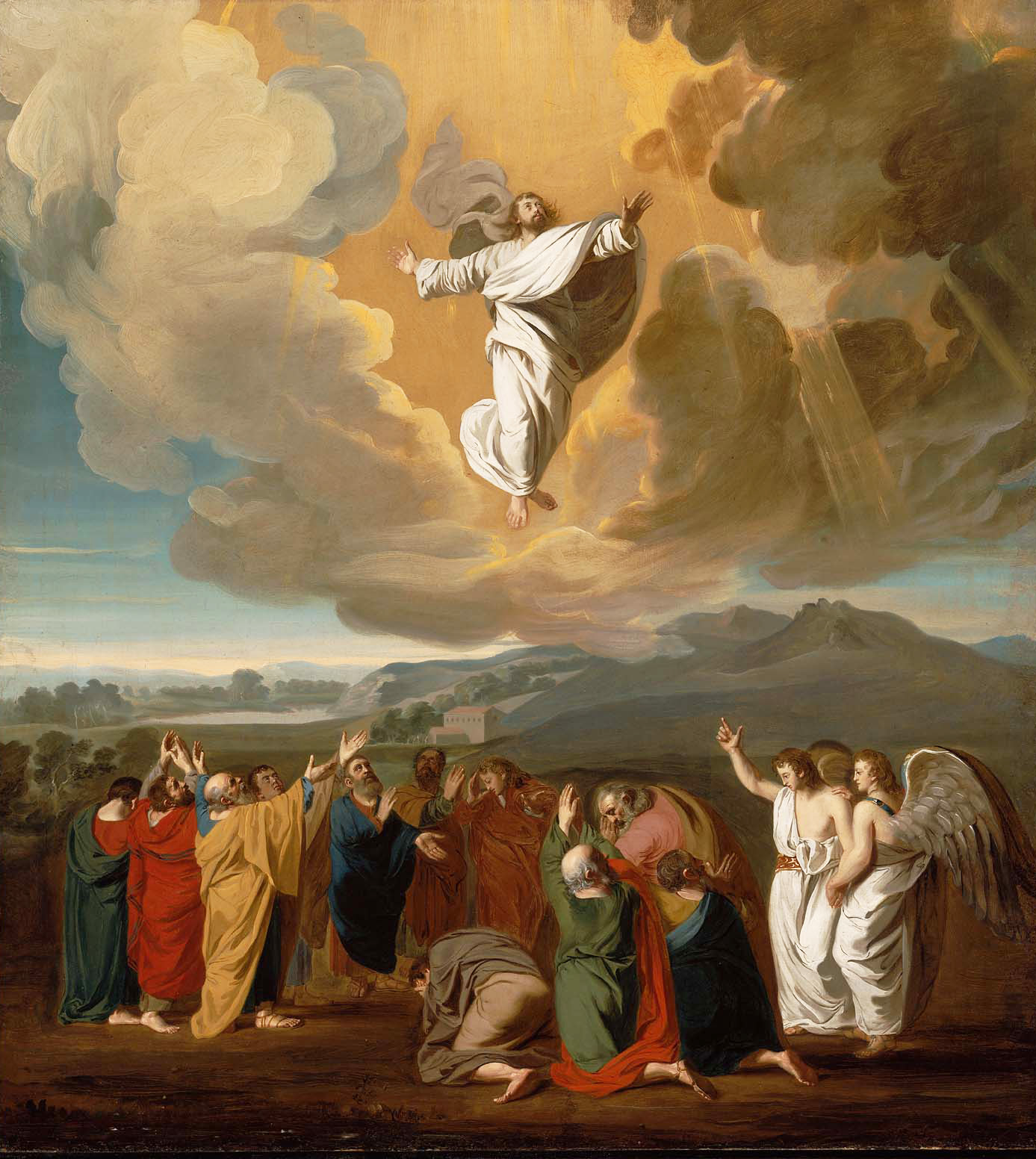
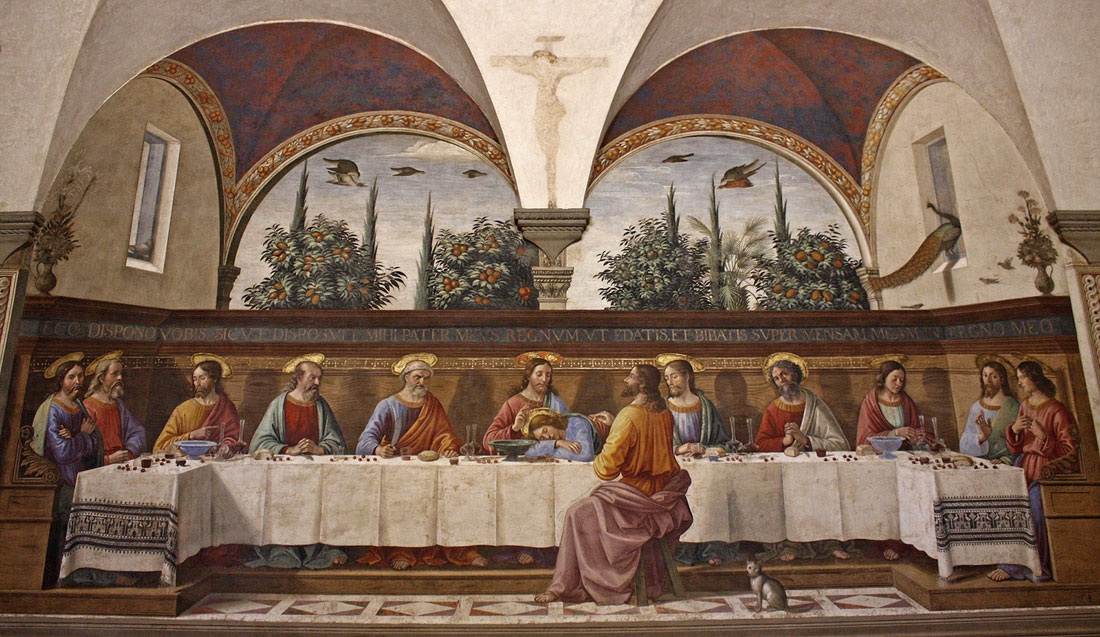
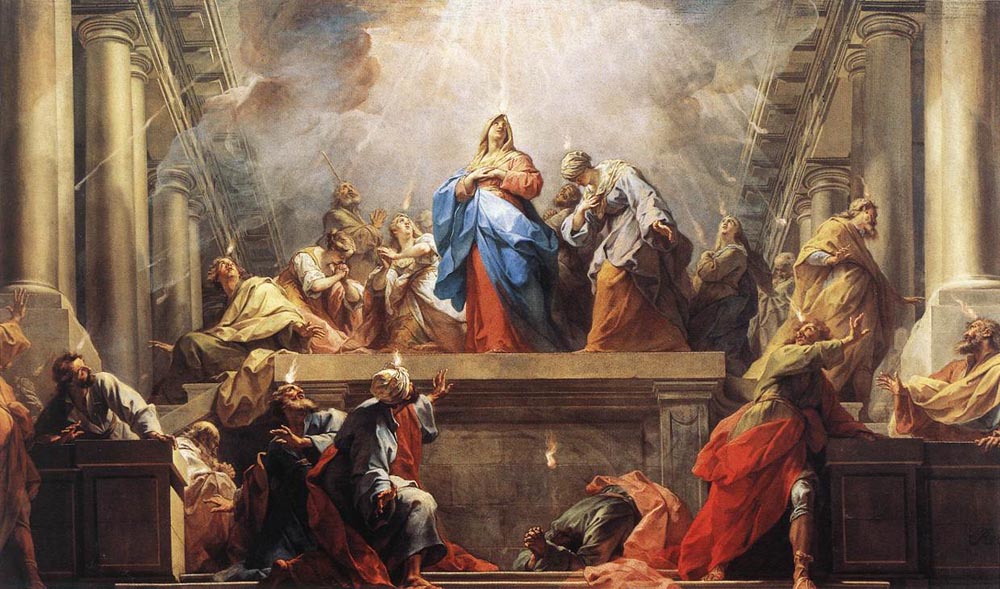
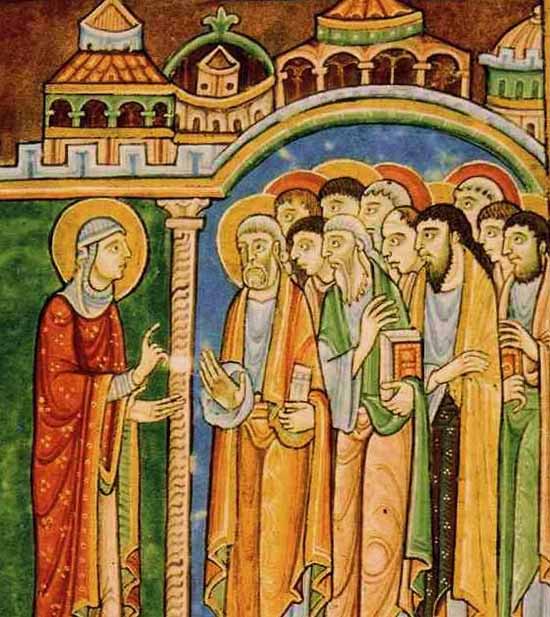

I am so very happy that our dear Pope Francis has allowed the veneration of Saint Mary Magdalene and her status
as an evangelist and Apostle to the Apostles to be recognized publicly by the Roman Catholic Church! Of course the Eastern Orthodox Church and well known feminist theologians around the world have known this since the discovery of the Gospel of Mary. Now, please, can we have even fewer persons who still believe the cover up by the early orthodox church that Mary Magdalene was a prostitute? Divine One, please enlighten those believers
that Jesus the Christ considered MM as ” the woman who knows all”, and trusted this beloved companion to spread the message of the Messiah to all who would listen to her.
This is so enlightening.